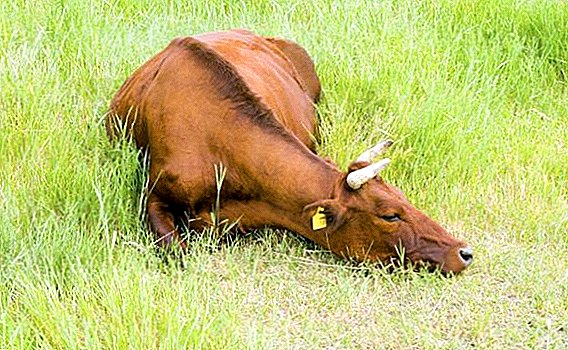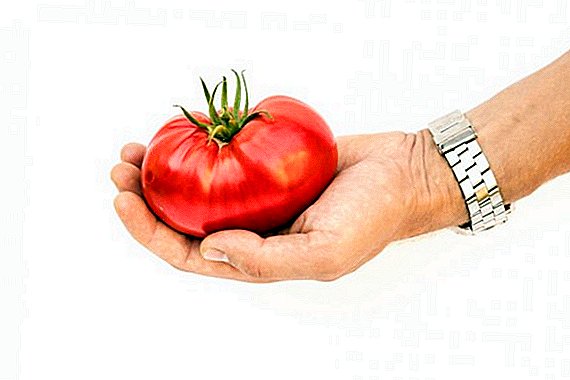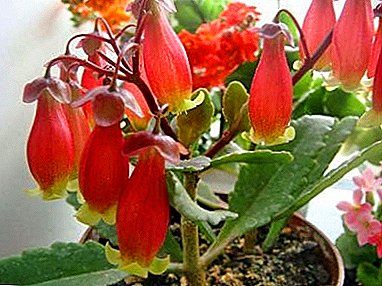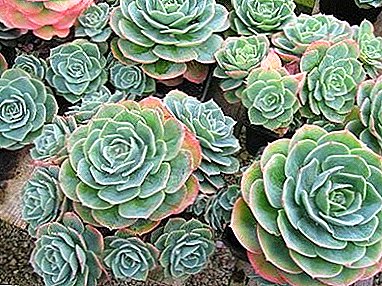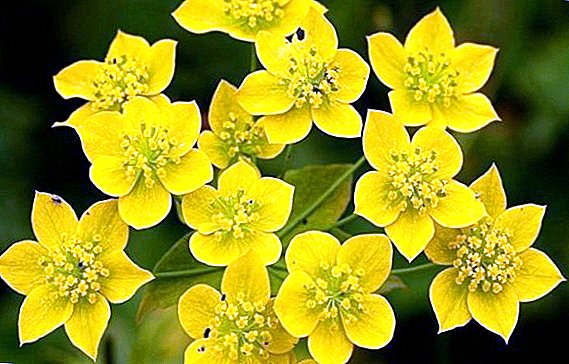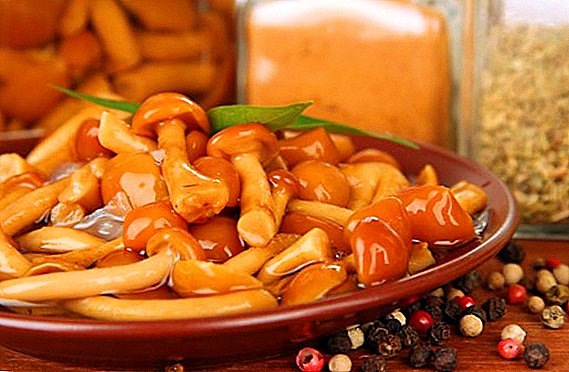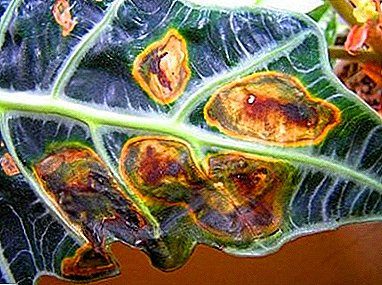
Alokaziya is a magnificent and exotic decoration of the winter garden. A beautiful decorative leafy flower can reach a couple of meters in height.
The main thing is to properly care for him and take preventive measures in the event of signs of disease.
Diseases and pests
With improper care or under the influence of harmful factors, the flower becomes susceptible to disease and deformation. Leaves or root system most often suffer.
Spots on the leaves
When dryish dark spots appear on the foliage, this is a sign of the adverse effects of infrared radiation or excessively dry air. Make sure that the lighting is reduced, and the humidity is high.
Another reason could be root rot infection due to heavy watering.

Why leaves dry?
 The reasons may be several or one. It is better to familiarize yourself with them before and take preventive measures than to remain in ignorance and take risks. Leaves dry because:
The reasons may be several or one. It is better to familiarize yourself with them before and take preventive measures than to remain in ignorance and take risks. Leaves dry because:
- affected by necrosis. At the same time, the tips or the entire edging of the sheet are dried up.
The reason for such defects is that the flower is in a draft, under the air conditioner or the room is too low or too high, moisture stays in the pot, leaves are moistened at night when there is no light or under direct sunlight;
- The plant does not have enough space. Then the lower leaves wither and dry until the flower is transplanted into a container that fits in size;
- when the soil has an excess percentage of fertilizer, the leaves start to curl and crunch. If you wash the soil and stop doing top dressing, the plant will quickly recover.


Why do the leaves turn yellow?
They can not only turn yellow, but also become covered with brown spots, dry out or stop growing. What can happen to Alokaziya:

- The appearance of yellowness on foliage and brown spots as a result of excessively bright light.
In this case, the flower needs shading or moving to a more favorable place for it;
- The lower leaves are yellowed, and the veins remain green, after some time the leaves have dried up - this is the natural aging of the foliage. You can remove the leaves as they dry;
- The foliage not only becomes yellow, but no longer grows, and on its back side there is a thin web - these are characteristic signs of the appearance of the spider mite.
It can be easily cleaned off the foliage with a brush dipped in dishwashing detergent. Then the leaves are rinsed with water. If the tick has divorced too much - use the drugs "Pegasus" or "Decis" to destroy it.
IMPORTANT! A timely response will prevent further yellowing of the leaves and the death of the plant.


Why do water drops appear on the leaves of Alocasia?
If the foliage acquires a brown tint, droplets of liquid are visible on it - this is a sign of the defeat of the flower with powdery mildew. In this case, the plant needs emergency care and increased attention.
For home-grown plants also include: Oranges; Asparagus Sprenger, Meyer; Hypoestes; Triangleic sour; Peperomia; Pepper; Solanum Solanum Pseudocapsicum, False Transverse, Red; Pomegranate Carthage and many others.
Disease treatment
In case of detection of any signs of the disease it is necessary to provide first aid to the flower
Diseases of bacterial origin are treated in a different way, other than combating fungal or infectious diseases. In the latter case, the treatment of Alokaziya is very problematic due to the toxicity of the drugs used for humans and the threat of damage to other indoor flowers.
REFERENCE! Alocasia is extremely sensitive to excess moisture in the soil and does not tolerate its stagnation in the pan, reacting with rotting of the roots and drying of the foliage. Do not forget to pour out excess liquid, and at lower temperatures, reduce the frequency of irrigation to a minimum.
 Necessary measures for the treatment of plants:
Necessary measures for the treatment of plants:
- pure foliage content and proper spraying of it - small droplets using a pulvelizer;
- when a spider mite appears, an infusion of tobacco, crushed sulfur, is used to produce pollination in open air;
- commercially available insecticides can be used;
- if necessary, re-process;
- urgent transplantation and removal of damaged leaves in the case of brown spots and treatment with foundation;
- if the plant is affected by powdery mildew, use fungicides containing copper, you can use carbacine or cuproxate;
- analogue to chemical drugs is a solution of household soap, which washed damaged leaves.
Conclusion
 Careful attention to Alokaziya contributes to its active growth and minimizes the risk of suffering diseases, and a healthy plant pleases with juicy green foliage and beautiful appearance.
Careful attention to Alokaziya contributes to its active growth and minimizes the risk of suffering diseases, and a healthy plant pleases with juicy green foliage and beautiful appearance.
Flower life is in your hands.



